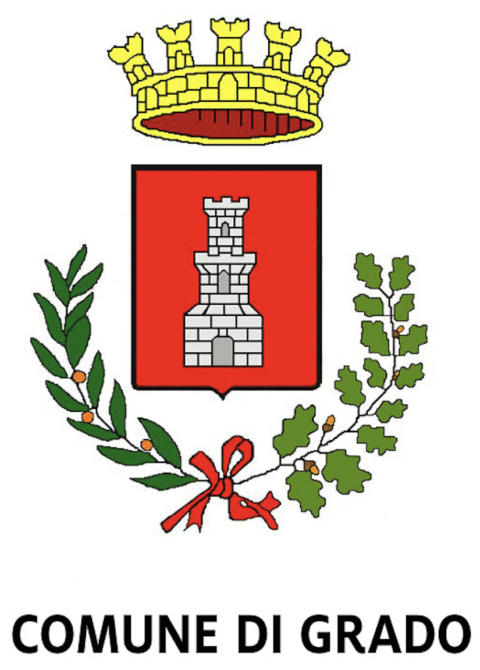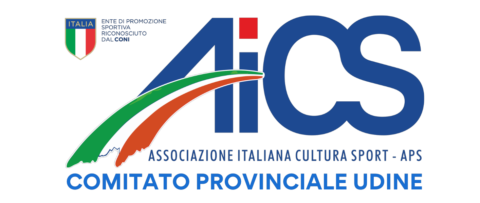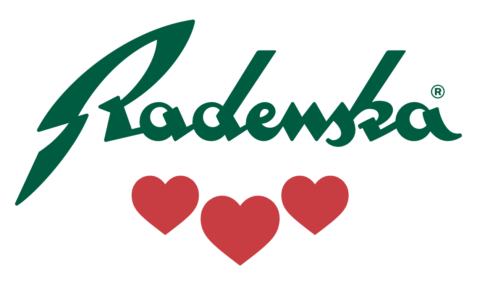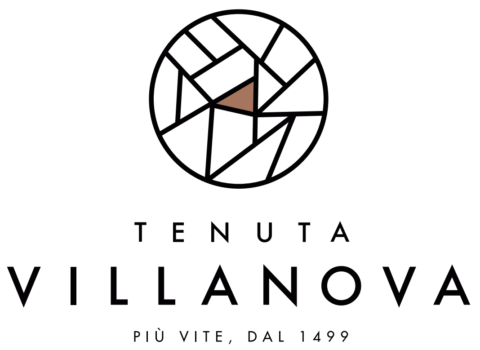SECOND PART OF THE MYTHO MARATHON ROUTES: SACILE 2022

Sacile:
Mytho Marathon 2022
The amazing city of Sacile hosted in the 2022 the second edition of MYTHO Marathon. Simon Kamau Njeri was the overall winner of the unique marathon of Friuli Venezia Giulia for the second time in a row. The kenyan runner overtook his compatriot Gilbert Kipleting Chumba at 2 kilometres to the finish and at the same time he took the new record of Mytho Marathon with the time of 2:14:21. Natalia Brignoli won the female competition with the time of 3:14:28.
Iniziative da non perdere

SACILE and its territory
The present-day Sacile was formed in the Renaissance and by the events in the modern age, which was also the golden age of the Republic of Venice, the so-called “Serenissima”. Starting from 1420, the city began to establish itself as a gateway to Friuli. Now, the ruins of its earliest origins are almost invisible and barely imaginable, even though the original structures made this strategically located city, at the meeting point of a main road and a navigable river, into both a thriving trading centre and an armed fortress of the patriarchal state of Friuli.

Palù di Livenza, dwelling site and environmental heritage
In the swampy area that stretches between the towns of Caneva and Polcenigo, in the municipality of Pordenone, downstream of the river Livenza, is located the dwelling site of Palù di Livenza.
This is a site populated since ancient Paleolithic (4900 BC approx.). Excavations have revealed three different types of structures that testify to a pile-dwelling settlement of the place until the late Neolithic period. Many stone and ceramic objects and tools have been found (the archaeological remains found at the site are now preserved in the Archeological Museum of Friuli Occidentale).

Polcenigo: one of the most beautiful village in Italy
A combination of natural, historical and artistic features has allowed Polcenigo to become one of the "Borghi più belli d'Italia" (most beautiful villages in Italy). Evidence of its long history can be seen in the medieval castle ruins, several noble 16th and 17th century buildings and several churches, including the church of the SS. Trinità, situated in the splendid setting home to the springs of the river Livenza.
The entire natural context abounds in water: not only the springs of the river Livenza but also the nearby Gorgazzo springs are of unquestionable charm with their crystal clear water that flows out from a Karst cave.
Polcenigo is home to the Museo dell'Arte Cucinaria (Museum of Culinary Art), which recalls generations of chefs who have emigrated all over the world.
The oldest local event is the Sagra dei sést i.e. the festival of baskets and, more generally, of wicker, rush and raffia, which is held on the first Sunday of September.


















